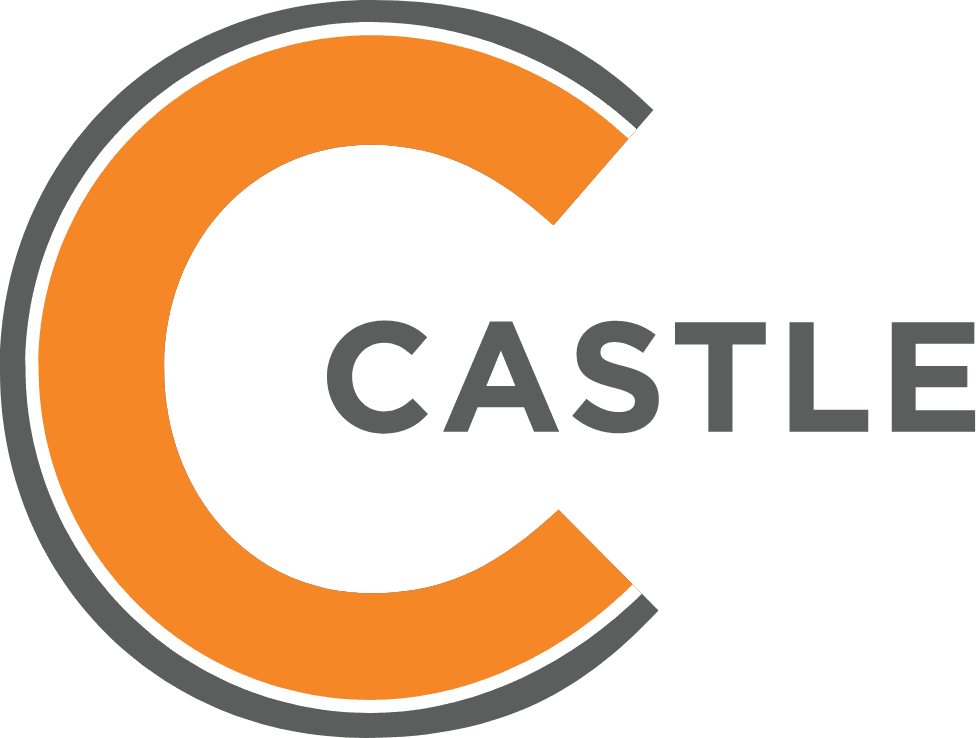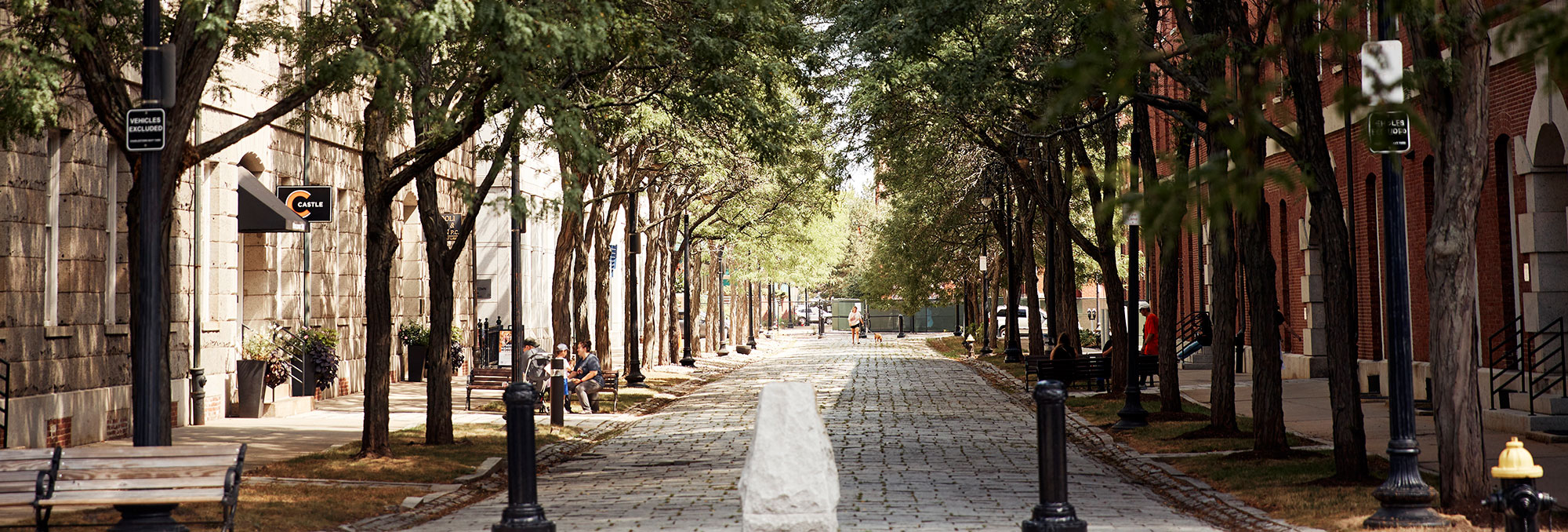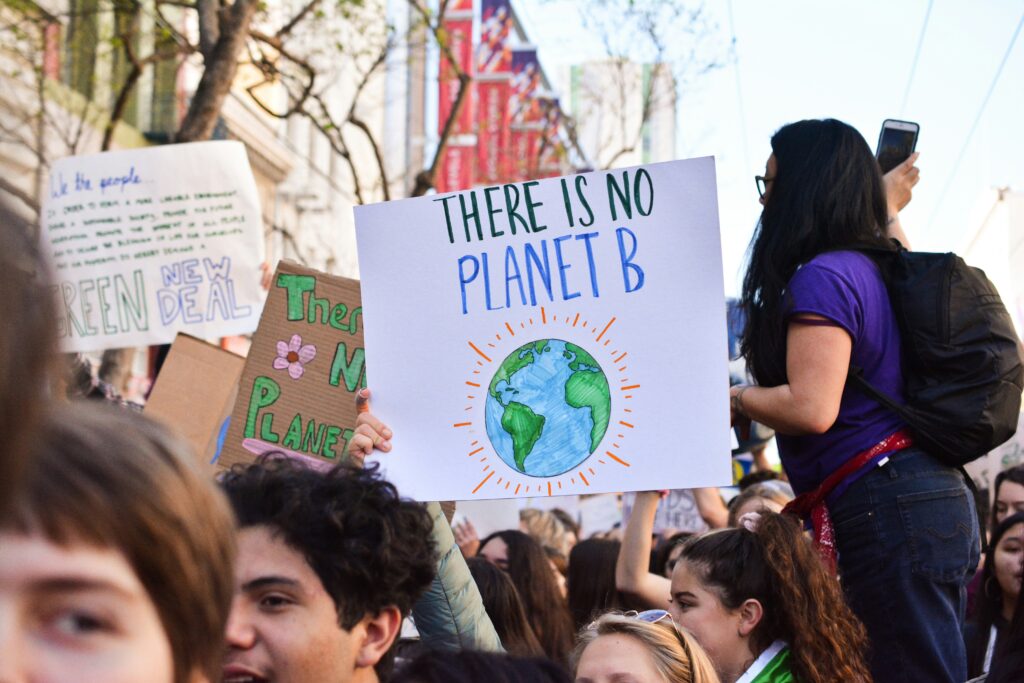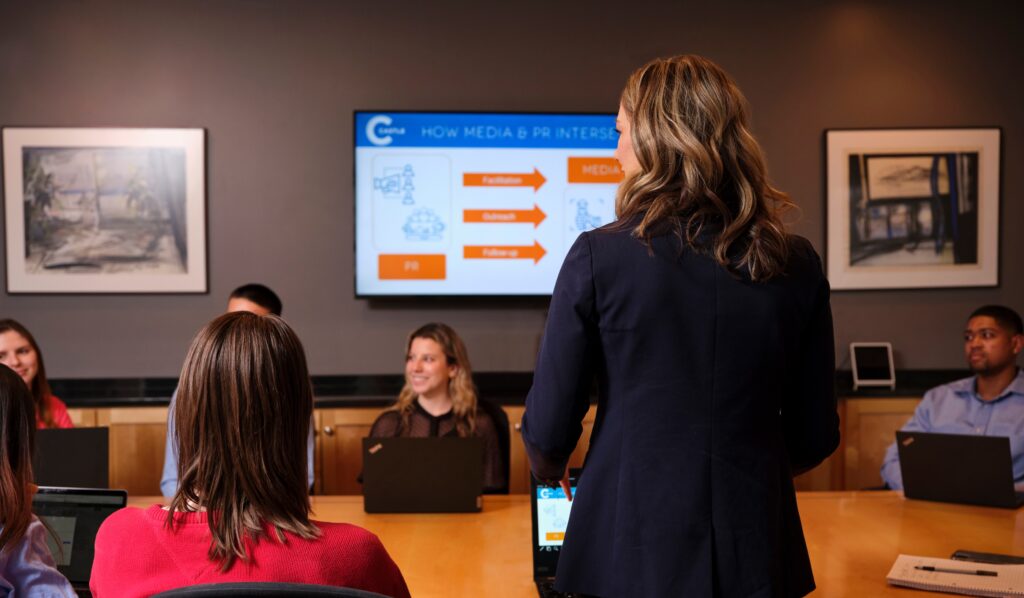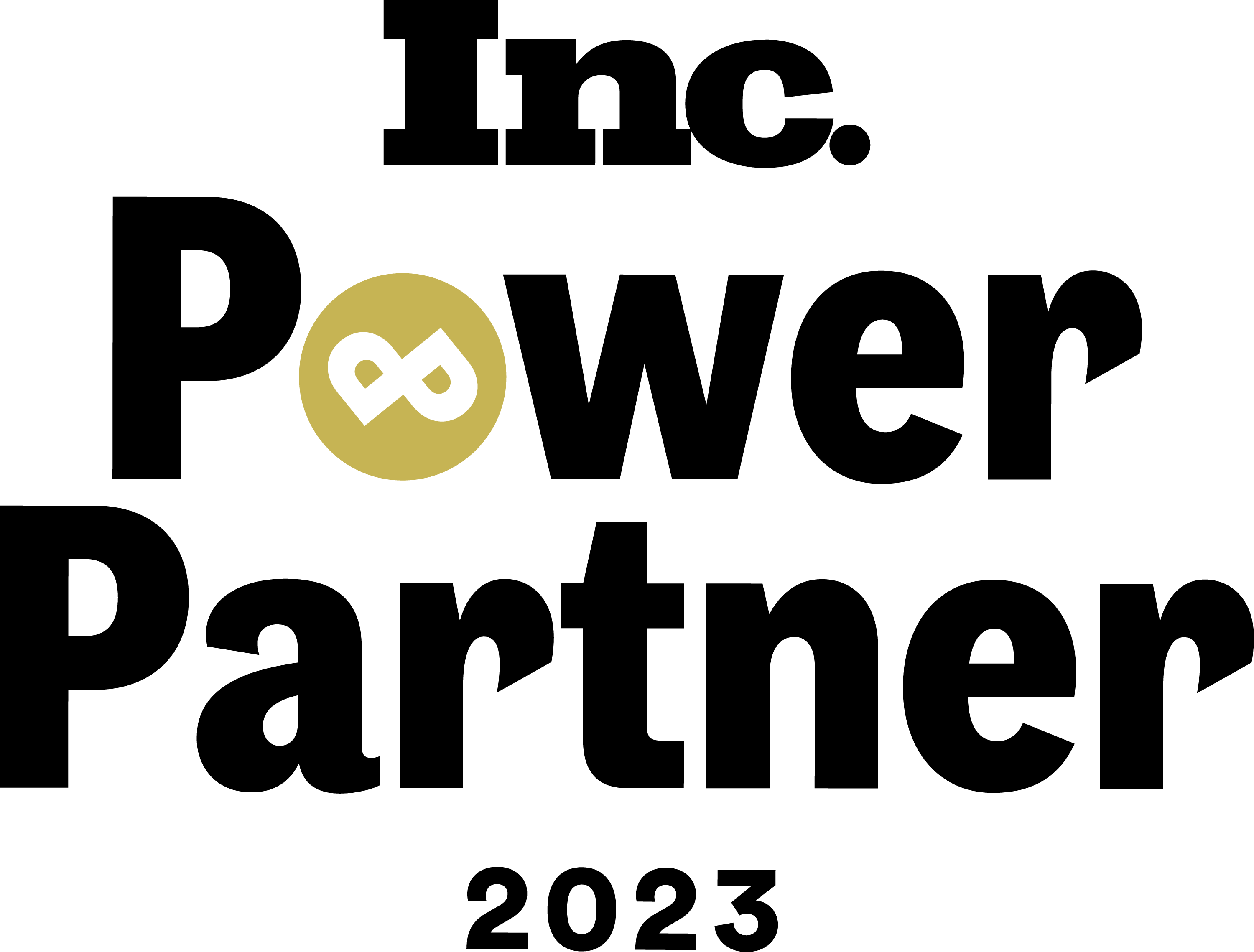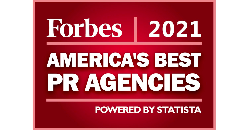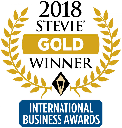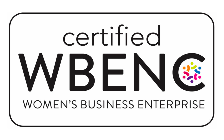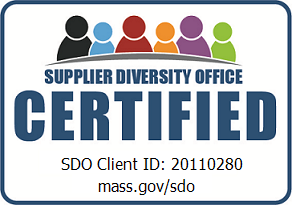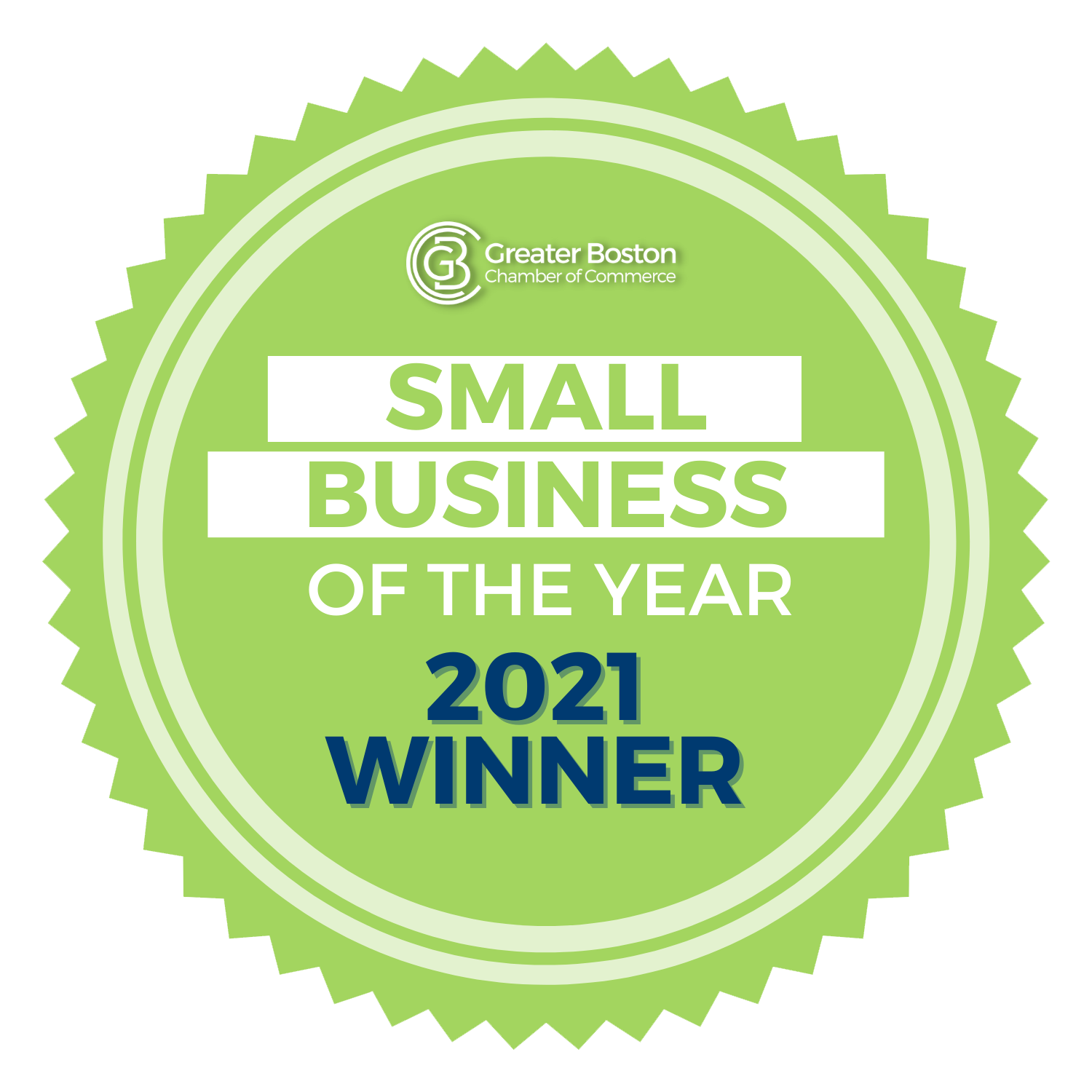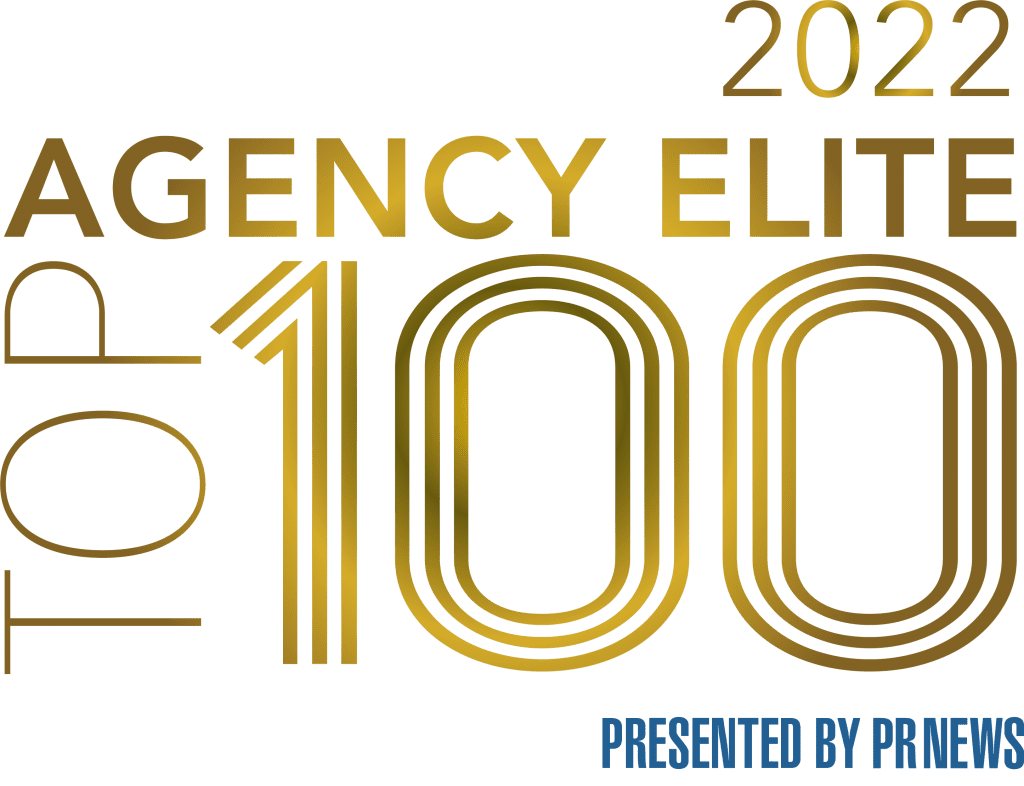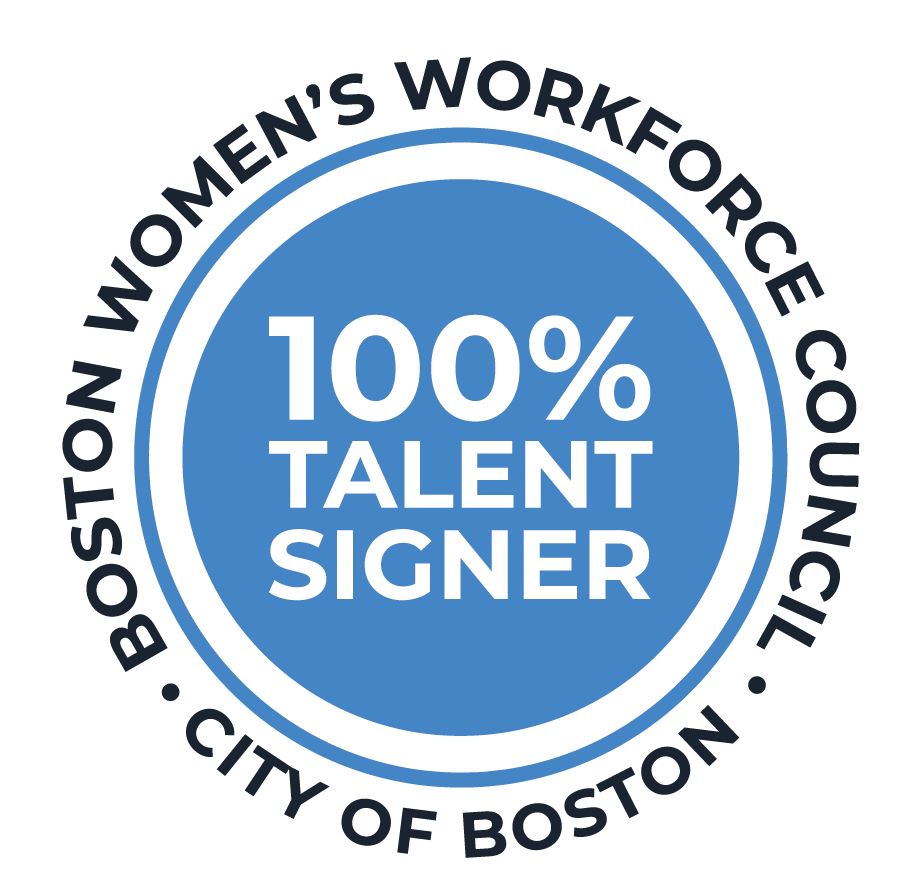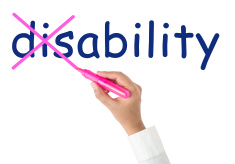
Part 1: Visual Disabilities
Most likely, your company has brand guidelines—and you follow them to a tee to design your online collateral (web pages, HTML-coded emails, surveys, etc.). But do your standards take into consideration people with visual disabilities—people who are blind or visually impaired? The wonderful news is that screen-reader software is available to help the visually impaired read web pages. The not-so-great news is that your online materials may not be screen-reader friendly.
There are best practices on how to organize, format and code your online content so that it makes sense both holistically and linearly. You may want to consider conducting an accessibility audit to evaluate how well your website, mobile app, product or on-line documentation supports the needs of web users with visual disabilities.
Interactive Accessibility was a great resource to us. They reviewed the event website we built for the Ruderman Inclusion Summit and outlined specific areas needing remediation. Based on their audit, we were able to optimize the site for visually impaired people simply by re-coding images, headers and links—and changing a few colors. Your brand guidelines may hinder you from executing every recommendation, but it’s a worthwhile exercise—one that can get you closer to ADA compliance and accessibility for all.
There are also people with low vision that make it difficult for them to decipher certain colors or fonts. A simple solution for this is to offer text-only, black-and-white, or larger-font-sized versions of your promotional or onsite event materials.
These are small changes any of us can do to make a big difference in the life of someone with visual disabilities. Accessibility benefits everyone. The more accessible your content is, the more user-friendly it will be to all people—a win-win, for sure!
Tip!
People with disabilities are the best judge of what they can or cannot do—and what they need. Do your research. Don’t make assumptions about anyone’s abilities or disabilities. Ask!
